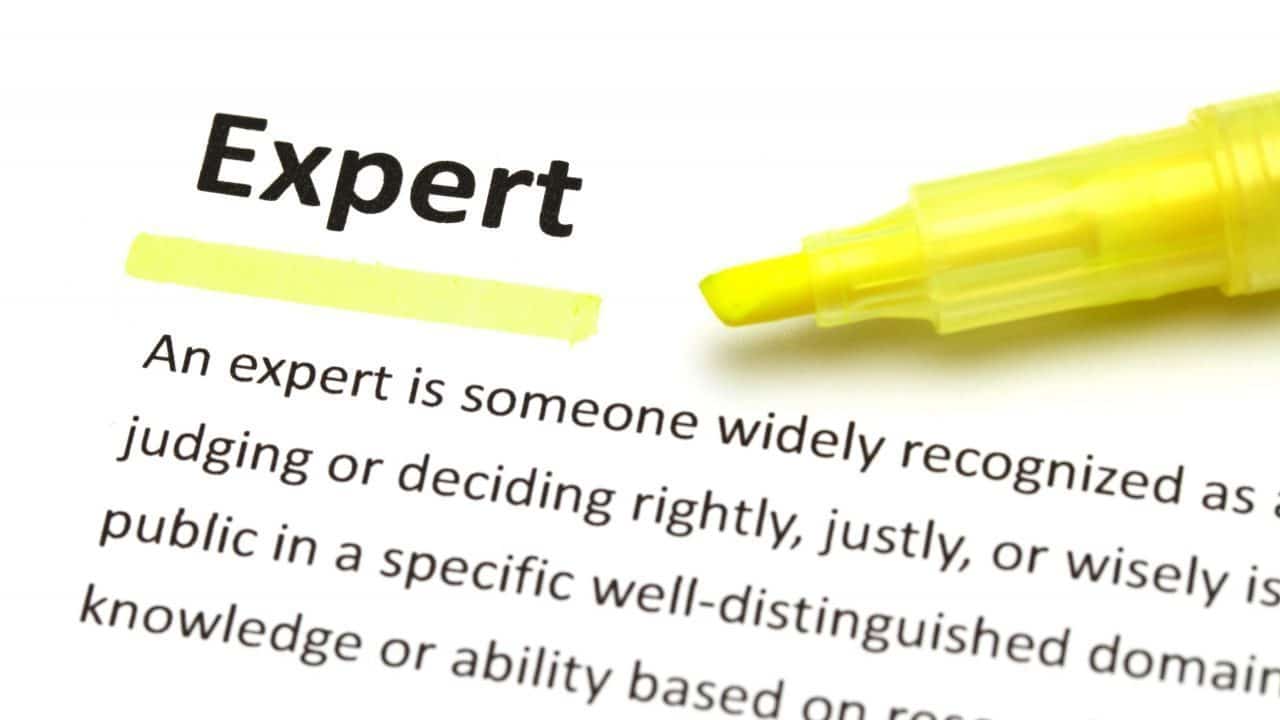Introduction
In today's globalized globe, college qualifications are significantly valued across national borders. Numerous people seek to advance their jobs or go after instructional chances in different nations, requiring a comprehensive understanding of their academic qualifications. This is where international credential analysis services entered into play, assisting both individuals and establishments in confirming the authenticity and similarity of foreign academic credentials.
Among the different techniques of credential evaluation, the course-by-course credential evaluation stands apart as a meticulous strategy that supplies a thorough analysis of a person's educational transcripts. This short article will certainly explore the subtleties of course-by-course analyses, detailing what they require, why they are essential, and exactly how they can influence one's job trajectory.
What is Course‑by‑Course Credential Evaluation?
Definition and Purpose
A course-by-course credential evaluation includes a thorough exam of each course detailed on an academic records. This analysis not only converts grades and credits but additionally evaluates the web content and roughness of each course taken by the pupil. The key objective is to establish just how these programs straighten with academic criteria in another country.
Importance of Course‑by‑Course Evaluations
Why is it essential to perform a course-by-course analysis? For people intending to examine or function abroad, this kind of evaluation can supply valuable understandings right into how their previous academic experiences translate in a new context. It aids establishments in making notified choices regarding admissions, working with, or licensure.
The Process of Course‑by‑Course Credential Evaluation
Step 1: Document Collection
The very first step in any academic credential evaluation process is gathering essential documents. This typically consists of:
- Official transcripts Degree certificates Course curricula (if offered)
Having these documents all set enhances the evaluation process.
Step 2: Testimonial and Analysis
Once documents are accumulated, evaluators carefully evaluate them for authenticity and completeness. Each program is analyzed based on a number of criteria:
- Credit Hours: The number of credit histories were appointed per course? Grades: What qualities were achieved? Course Material: What subjects were covered?
Step 3: Contrast with Local Standards
After thorough analysis, evaluators compare the courses versus neighborhood instructional standards. They might reference resources such as:
- National databases Accreditation bodies Institutional guidelines
This comparison assists establish equivalency levels for each and every course.
Step 4: Report Generation
Finally, evaluators compile their findings into a comprehensive report that outlines:
Total debts earned. Equivalent programs at regional institutions. Grading scales comparisons.This report works as an official document that can be presented to colleges or employers.


Benefits of Course‑by‑Course Credential Evaluations
Enhanced Comprehending of Academic Background
One key benefit is that trainees gain clarity on exactly how their global education and learning lines up with regional expectations. This understanding outfits them for better decision-making worrying refresher courses or task applications.
Increased Employability
Many employers require prospects to have actually reviewed qualifications when considering applicants from abroad. A positive evaluation can significantly improve employability prospects.
Facilitates Admission to Educational Programs
For students wanting to enlist in level programs, having a detailed analysis aids organizations analyze whether candidates satisfy access demands a lot more effectively.
Work Experience Examination vs. Course-by-Course Credential Evaluation
What is Job Experience Evaluation?
A work experience evaluation concentrates on analyzing professional experiences instead of academic success. It analyzes skills gotten with employment as opposed to formal education.
Key Differences In between Evaluations
|Attribute|Course-by-Course Credential Analysis|Work Experience Analysis|| ---------------------------|---------------------------------------|----------------------------|| Focus|Academic training courses|Expert experience|| Documents Required|Records and curricula|Employment letters|| End result|Academic equivalency|Skill recognition|
Understanding these distinctions assists people in picking which kind of assessment fits their requirements best.
Expert Opinion Letters
Importance of Expert Opinion Letters
An expert point of view letter work as an additional layer of validation for analyses, especially when unique circumstances arise-- like unaccredited establishments or non-traditional academic experiences.
How They Are Used
These letters can sustain applications by giving understandings from specialists who assess credentials based upon industry standards or specific institutional requirements.
Common Misconceptions Concerning Credential Evaluations
Myth 1: All Examinations Are Developed Equal
Not all evaluations hold the very same weight; various companies have varying techniques and approval rates amongst institutions.
Myth 2: Only Degrees Matter
While levels are important, several companies value skills acquired via work experience equally-- and this highlights the relevance of job experience assessments alongside academic assessments.
FAQs Concerning Course‑by‑Course Credential Evaluation
What records do I require for a course-by-course credential evaluation?- You usually require official transcripts, level certifications, and potentially program syllabi if available.
- The duration differs by company but generally varies from a few weeks to several months depending upon complexity.
- Yes! The majority of companies recognize examined qualifications when making working with decisions.
- Generally speaking, of course; as a result of its detailed nature and complete analysis.
- Not all; it's important to inspect certain institutional requirements prior to applying.
- It's finest to clarify any inconsistencies with your organization prior to entry; critics might flag disparities impacting your assessment.
The Duty of Different Stakeholders in Credential Evaluation
Educational Institutions
Institutions depend on accurate examinations to confess eligible prospects while ensuring conformity with accreditation standards.
Employers
Employers utilize assessments to validate possible hires' certifications properly-- developing trust fund during employment processes.
Government Bodies
Some government firms require credential evaluations for immigration objectives; therefore playing a vital function in international mobility.
Conclusion
In recap, navigating the intricacies surrounding worldwide education and learning needs thorough understanding and competence-- both located within the world of credential analyses specifically concentrated on programs taken throughout one's scholastic journey. A course-by-course credential evaluation not just brightens private accomplishments but additionally promotes chances throughout boundaries via enhanced employability and instructional access.
As globalization continues shaping our world, spending time into comprehending these subtleties could prove important for those looking toward global perspectives-- whether academically or skillfully oriented! Always bear in mind that you have alternatives readily international Credential Evaluation for Students & Professionals available-- so make educated decisions concerning your future!